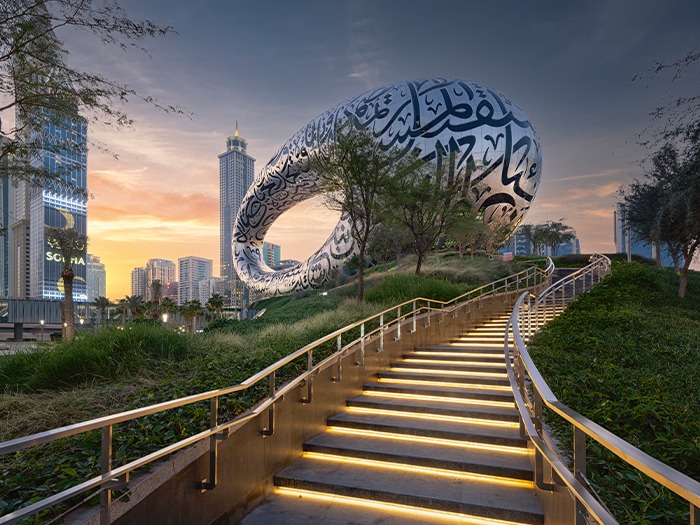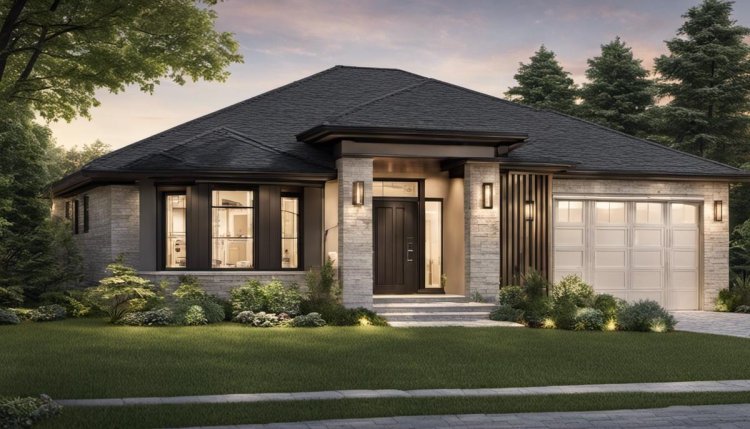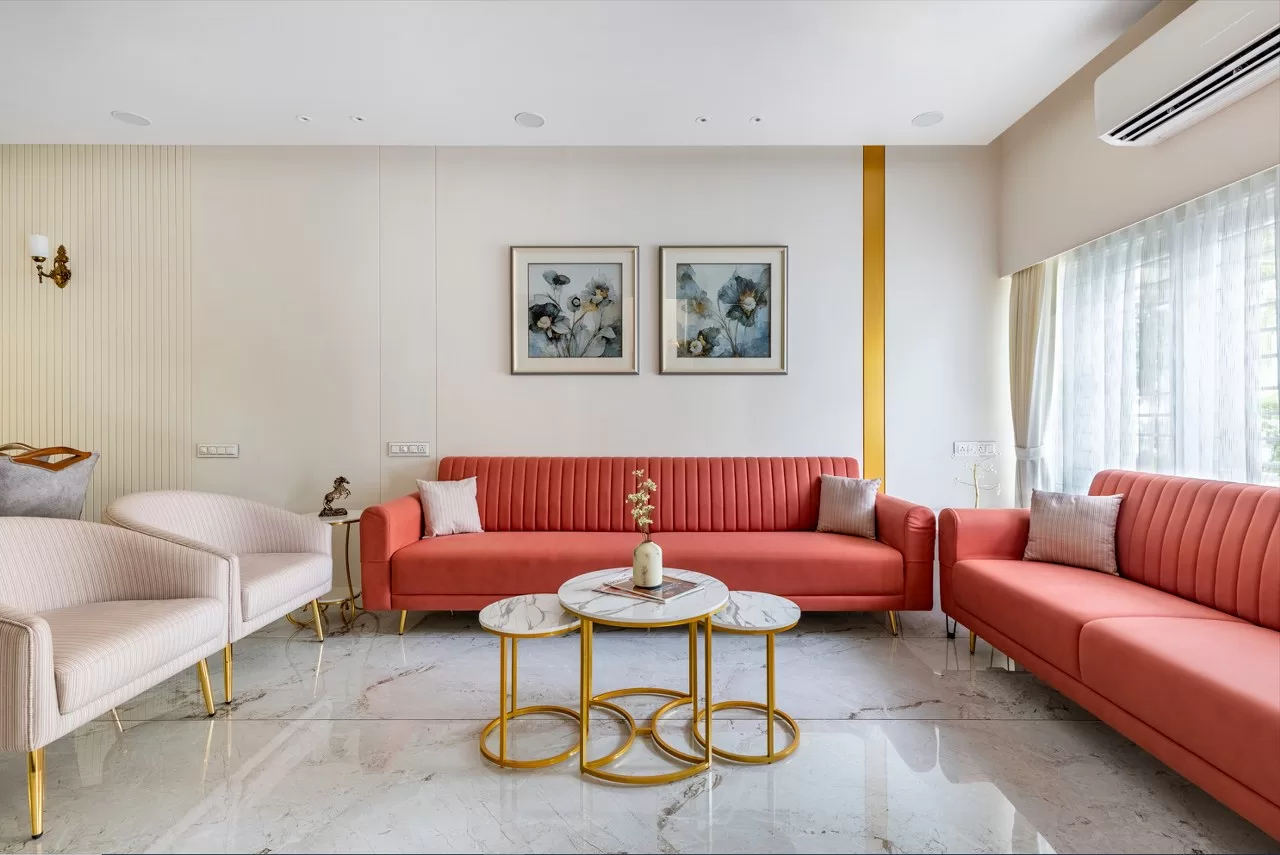Designing Tomorrow: A Glimpse into Futuristic Architectural Concepts

The future of architecture promises to be an exciting journey into innovative and boundary-pushing designs. “Designing Tomorrow: A Glimpse into Futuristic Architectural Concepts” explores the cutting-edge ideas that architects and designers are envisioning for the built environment.
Introduction:
In the quest for sustainable, functional, and aesthetically pleasing structures, architects are turning to futuristic concepts that challenge traditional norms. The article delves into how these concepts are reshaping our understanding of architecture and its role in society.
Sustainable Skyscrapers:
One of the key elements of futuristic architecture is sustainability. The article explores skyscrapers that serve as vertical ecosystems, incorporating green spaces, renewable energy sources, and advanced materials to reduce their environmental impact.
Smart Cities and Connected Spaces:
The integration of technology into architecture is a prominent theme. From smart homes to entire smart cities, the article discusses how futuristic designs incorporate IoT (Internet of Things) and AI (Artificial Intelligence) to create highly connected and efficient living and working environments.
Parametric Design and 3D Printing:
Futuristic architecture embraces advanced design techniques like parametric design, where algorithms drive the form-finding process. Additionally, the article explores how 3D printing is revolutionizing construction methods, allowing for unprecedented design possibilities and efficiency.
Bio-Inspired Architecture:
Nature serves as a muse for futuristic architects. The article highlights designs inspired by the efficiency of natural systems, exploring how biomimicry is shaping buildings that not only look captivating but also function in harmony with the environment.
The Rise of Mixed-Use Spaces:
Futuristic architectural concepts often blur the lines between different functions. The article discusses the rise of mixed-use spaces that seamlessly integrate residential, commercial, and recreational elements, creating vibrant and multifaceted urban environments.
Cultural Influences:
As architects envision the future, they draw inspiration from cultural shifts and societal changes. The article explores how futuristic designs reflect evolving values and perspectives, creating spaces that resonate with the diverse needs of a global population.
Conclusion:
“Designing Tomorrow” concludes by emphasizing the transformative potential of futuristic architectural concepts. These designs not only push the boundaries of what is possible but also hold the promise of creating a more sustainable, connected, and harmonious world.



